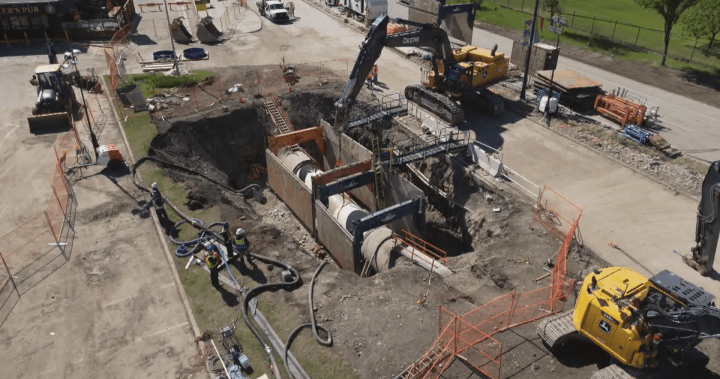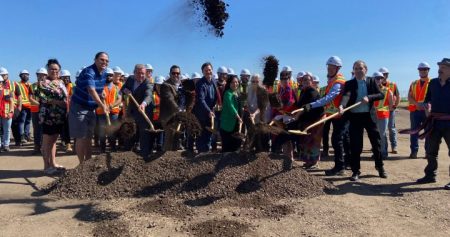The June rupture of the Bearspaw feeder main, a critical component of Calgary’s water infrastructure, has prompted a thorough investigation and reassessment of the city’s asset management practices. The incident, which resulted in city-wide water restrictions for several months and substantial repair costs, exposed a potential flaw in the city’s risk assessment methodology. Prior to the rupture, the feeder main, responsible for carrying 60% of Calgary’s water supply, was categorized as “high impact, low probability” in the city’s asset quadrant system. This classification, which prioritizes assets for inspection and upgrades based on the combined risk of failure impact and likelihood, placed the Bearspaw line lower on the priority list than some other assets deemed “low impact, high probability.” This categorization has been questioned in light of the significant disruption caused by the main’s failure.
The city maintains that the Bearspaw feeder main was not neglected, citing preparations for a fall inspection that were underway following a 2021 assessment. This assessment included modelling of potential service disruptions and planning for emergency response and line shutdown. However, the incident has sparked debate about whether the line, given its crucial role in the city’s water supply, should have been classified as “high impact, high probability” from the outset, warranting more immediate and comprehensive attention. The subsequent investigation, detailed in a nearly 600-page report overseen by Associated Engineering, has shed light on the complex factors that likely contributed to the rupture.
The investigation points to a combination of factors that led to the failure of the Bearspaw feeder main. Microcracking, or pre-existing damage to the pipe’s outer layer, allowed soil to come into contact with the prestressed wires within the pipe. This contact, combined with high chloride levels in the surrounding soil, likely from road salt used for de-icing, triggered stress corrosion cracking and hydrogen embrittlement, ultimately leading to the rupture. While the report confirms that the pipe met manufacturing and design standards applicable at the time of its installation in 1975, and that neither live loading nor operational pressures directly caused the rupture, the presence of elevated chloride levels in the soil emerges as a significant contributing factor.
The discovery of high chloride levels in the soil near the ruptured section of the Bearspaw feeder main has raised concerns about the long-term impact of road salt on underground infrastructure. Measurements near some sections of the pipe revealed chloride concentrations exceeding 700 mg/L, significantly higher than levels recorded in 2014. The city has committed to further investigation into the cause of these elevated chloride levels and plans to increase soil sampling along other critical feeder mains to assess the potential risk of similar corrosion issues. This proactive approach aims to prevent future incidents by identifying and addressing potential vulnerabilities in the city’s water distribution network.
While the comprehensive report provides detailed insights into the technical causes of the rupture, some questions remain unanswered. The report identifies the mechanism of the failure but doesn’t pinpoint the precise catalyst that triggered the event. This ambiguity underscores the complexity of the situation and the need for ongoing investigation to fully understand the interplay of factors that led to the failure. The rupture exposed nearly 29 areas of concern along the Bearspaw feeder main, highlighting the potential for further issues and the need for comprehensive maintenance and upgrades. The city is currently tallying the final costs of the repairs, with estimates ranging between $35 and $45 million for the initial repair and maintenance of the identified hotspots.
The Bearspaw feeder main rupture serves as a stark reminder of the importance of robust asset management practices and the potential consequences of overlooking even seemingly low-probability risks when dealing with critical infrastructure. The incident has prompted a reevaluation of the city’s risk assessment procedures and a renewed focus on proactive maintenance and upgrades. The ongoing investigation, coupled with the implementation of enhanced monitoring and preventative measures, aims to ensure the long-term integrity of Calgary’s water infrastructure and prevent similar disruptions in the future. The city acknowledges its accountability in providing reliable public services and is committed to learning from this incident to improve its asset management strategies and safeguard the city’s water supply.










